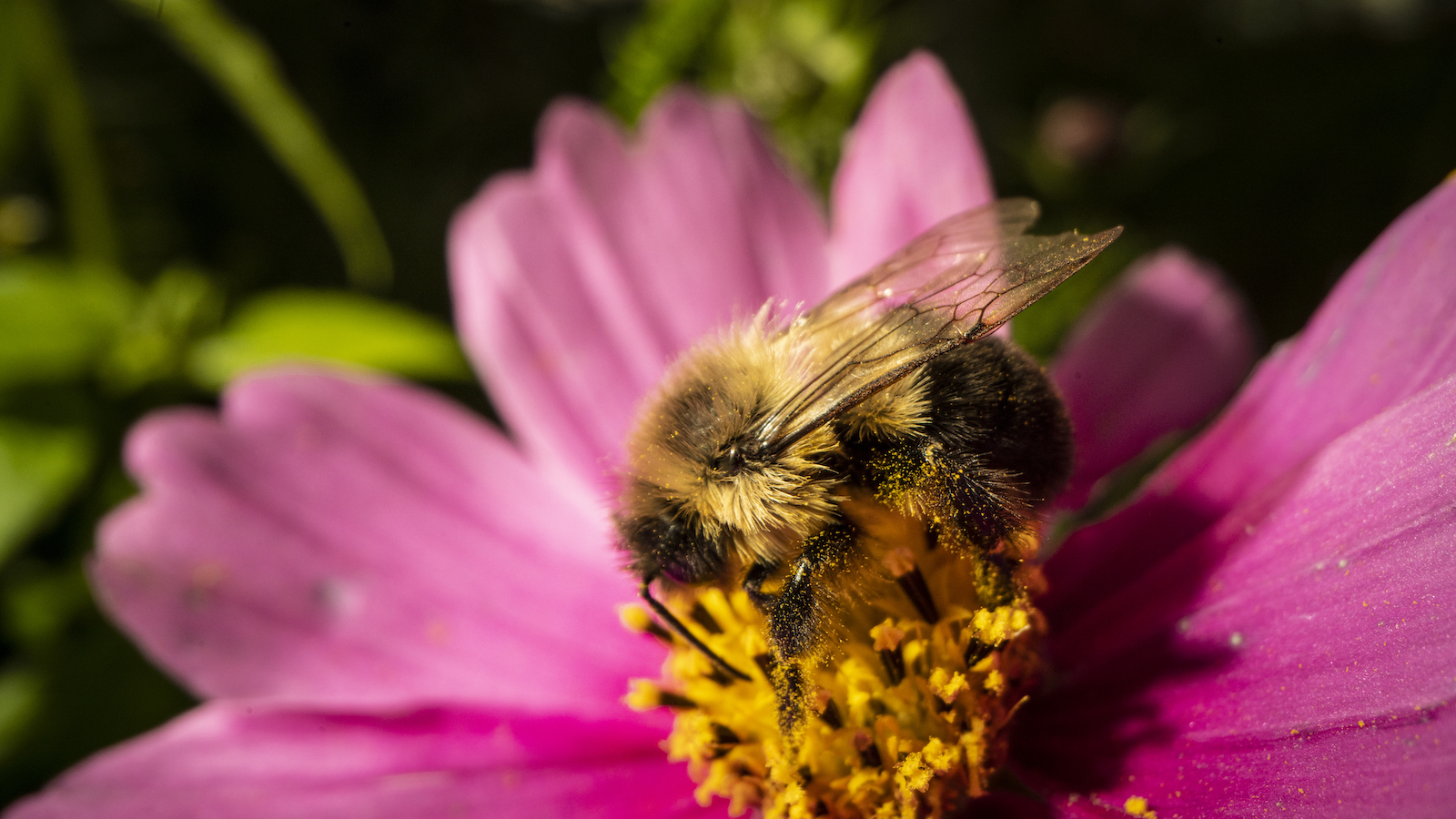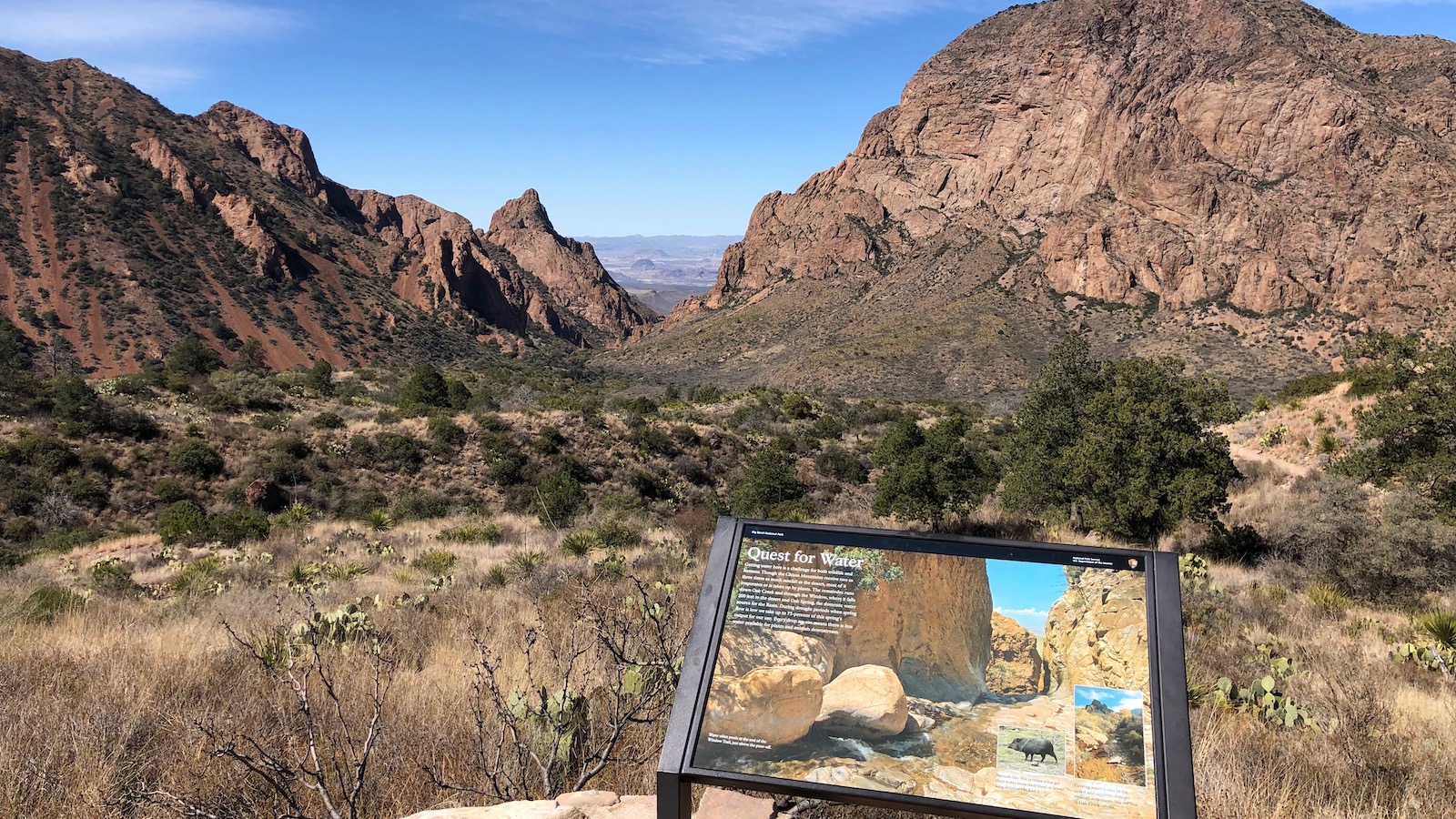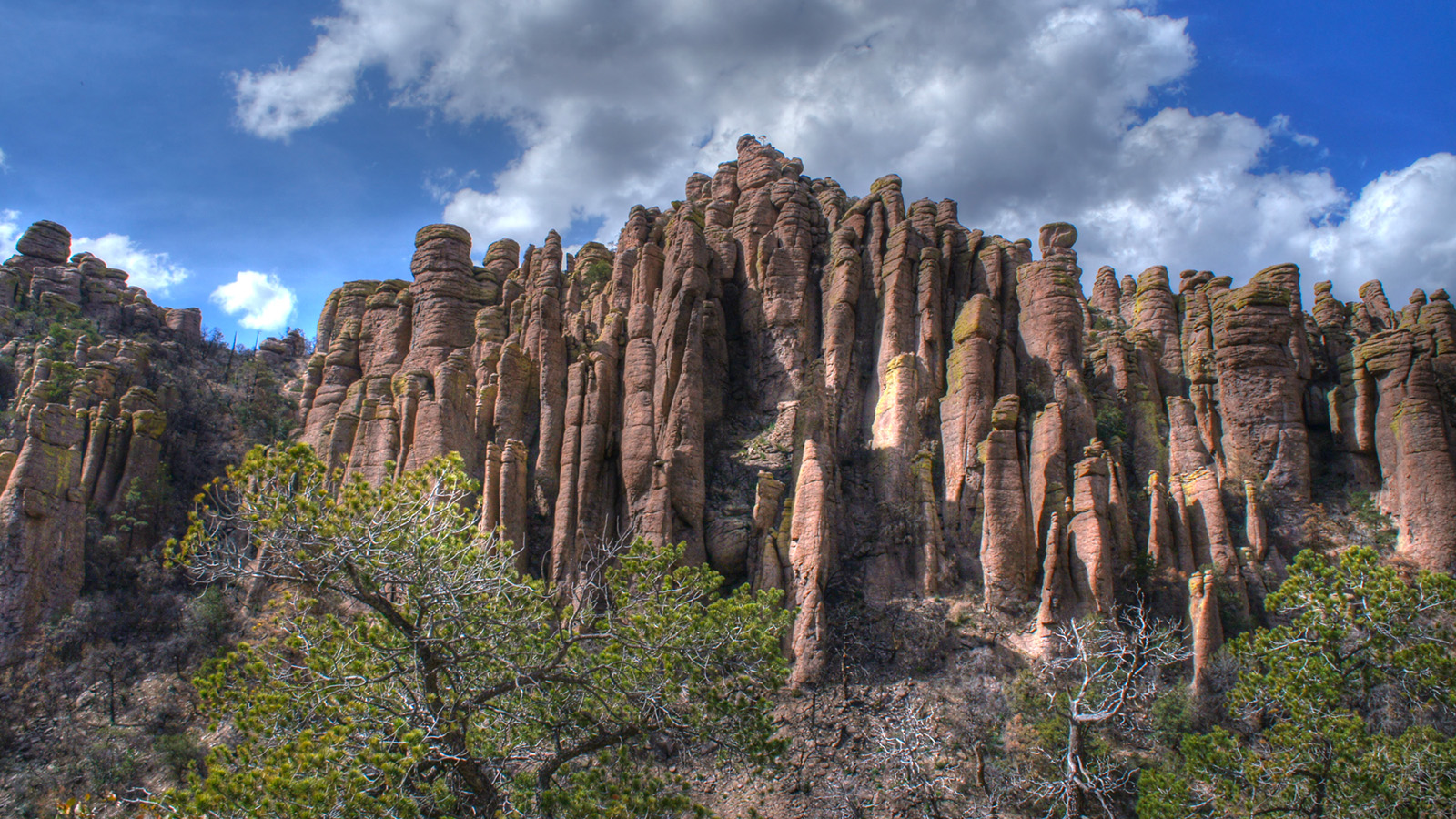
These beloved national parks are at risk
President Biden just protected the Grand Canyon. There are three more national parks that need protection, and you can help.
Updated
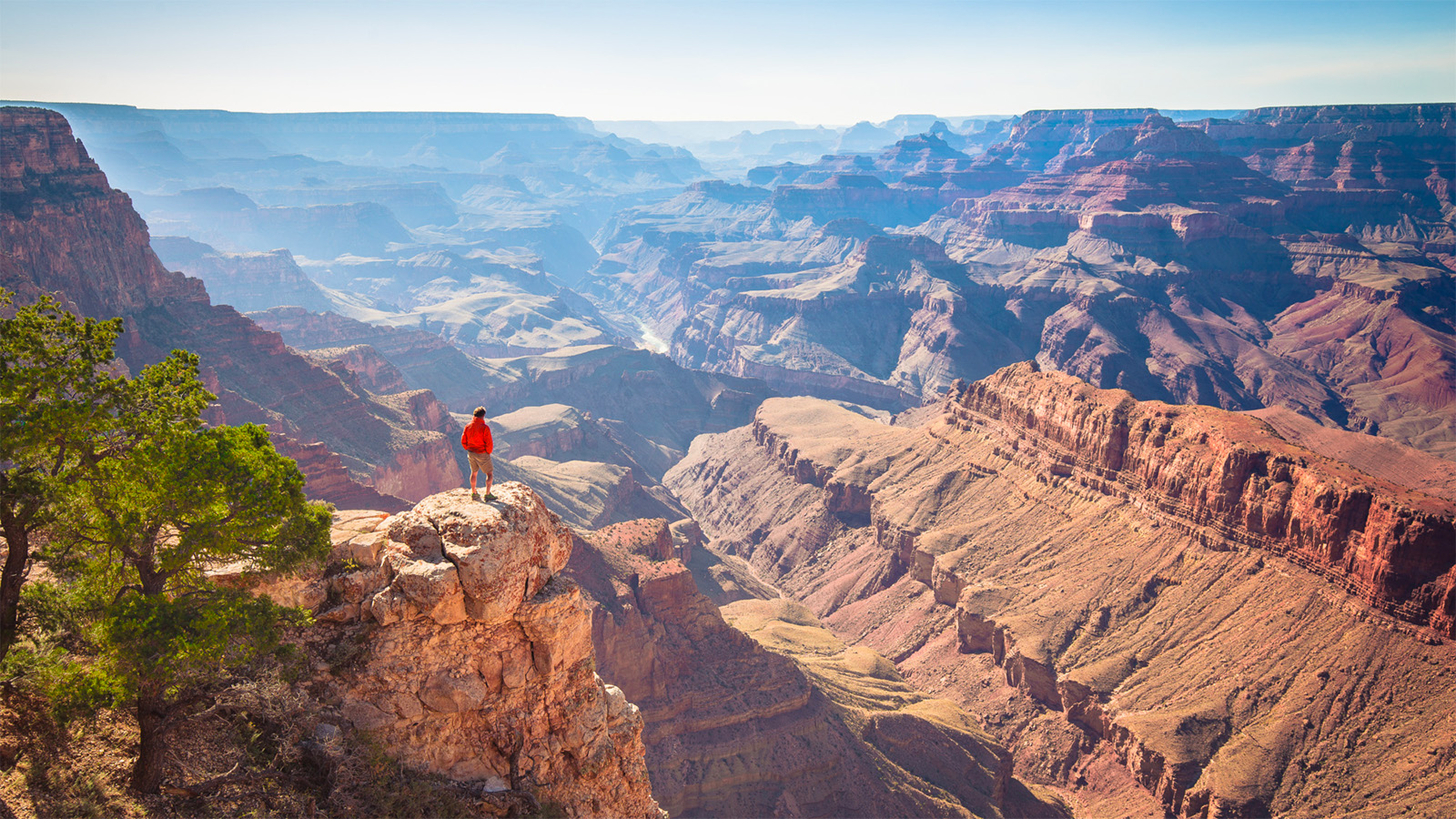
Our national parks are often called America’s best idea.
We set these places aside so that future generations might visit and see them as we do, untarnished by the passing years. But you might be surprised to learn that being designated a national park isn’t always enough to keep a place safe.
Drilling, mining and logging near park borders, air and water pollution that drifts or flows into our parks, and even the waste that some visitors leave behind are all threats our national parks face.
The Grand Canyon just got the protection it deserves
President Biden recently designated areas around Grand Canyon national park a national monument, protecting more than 900,000 acres of public land around the park from new uranium mine claims.
It was a big step in protecting the crown jewel of our National Park system for future generations. And a testament to what we can be done when people come together and call for action to protect our national parks. But there are three more parks that need our help.
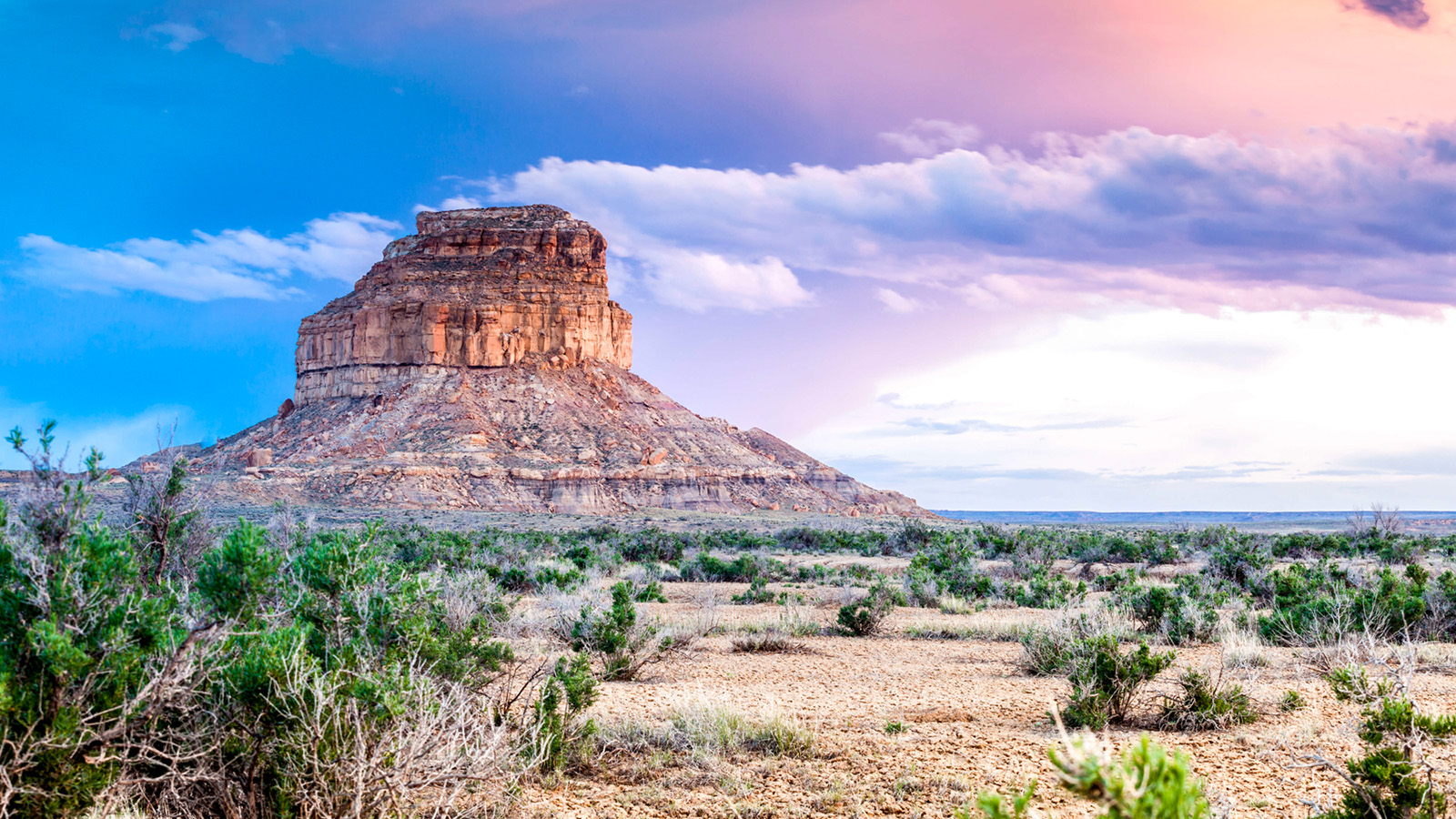
1. Chaco Canyon
Chaco Culture National Historical Park in New Mexico protects vast starry skies untouched by light pollution, desert wildlife habitat, and fragile archaeological ruins of the ancestral Puebloan culture that thrived there more than a thousand years ago.
Over the past few decades, the U.S. Bureau of Land Management (BLM) has leased more than 90% of the federal lands surrounding Chaco Canyon for drilling — and oil and gas companies have drilled more than 37,000 wells in the area.
For years we called on the Department of the Interior to protect this fragile place from oil and gas development. And we celebrated in July 2023, when Interior Secretary Deb Haaland announced that the department would protect 336,404 acres of public lands surrounding the park from oil and gas drilling. But now, some in Congress are seeking to reverse those protections.
2. Big Bend
Visitors come from all over to take in the views at Big Bend National Park in West Texas. But those desert views are getting harder and harder to come by due to air pollution from coal-fired power plants and other sources.
Regional haze has shrunk the average visual range in West Texas from 140 miles to just 35 to 90 miles, according to the Texas Commission on Environmental Quality (TCEQ). And the pollutants that cause the haze are also hazardous to human health.
Unfortunately, the TCEQ is proposing an update to the Regional Haze Rule that fails to take any new steps to limit air pollution. Environment Texas and a number of other environmental groups have urged the EPA to reject the TCEQ’s plan as it currently stands. We’re calling for a strong Regional Haze Rule that protects the health of park visitors and the beauty of our parks.
3. Maine Woods and Chiricahua
Maine Woods National Park and Chiricahua National Park: You might not have heard of them because they aren’t actually national parks — yet.
The proposed Maine Woods National Park would encompass 3.2 million acres — larger than Yellowstone and Yosemite national parks combined. It’s hard to imagine that such a vast area of undeveloped land could still exist east of the Mississippi, but it does. It’s currently the largest unprotected wilderness area in the eastern United States, and it’s threatened by logging and other development.
Time is running out to preserve these magnificent woods and protect the black bears, beavers and moose that reside there. That’s why we’re calling for the establishment of the Maine Woods National Park.
Out west, the proposed Chiricahua National Park in Arizona has also been referred to as a “Wonderland of Rocks.” Tucked between the Sonoran and Chihuahuan deserts, Chiricahua’s distinctive rock formations were created by a volcanic eruption about 27 million years ago, resulting in an extraordinary landscape dotted with hoodoos and balancing rocks.
This area was established as a national monument back in 1924 in order to protect the area’s unique geology and cultural history, and it’s due for an upgrade. We’ve joined state officials, park advocates, Tribal leaders and others in calling for redesignating this special place as Chiricahua National Park.
Be a park protector
We had the right idea when we set aside some of the most beautiful parts of our country to be protected forever. But it takes a continued commitment to conservation to keep them safe from the many threats they face.
Our national parks are treasures, and it’s our job to protect them. You can take action to protect our national parks today.
Topics
Authors
Ellen Montgomery
Director, Public Lands Campaign, Environment America Research & Policy Center
Ellen runs campaigns to protect America's beautiful places, from local beachfronts to remote mountain peaks. Prior to her current role, Ellen worked as the organizing director for Environment America’s Climate Defenders campaign. Ellen lives in Denver, where she likes to hike in Colorado's mountains.
Find Out More
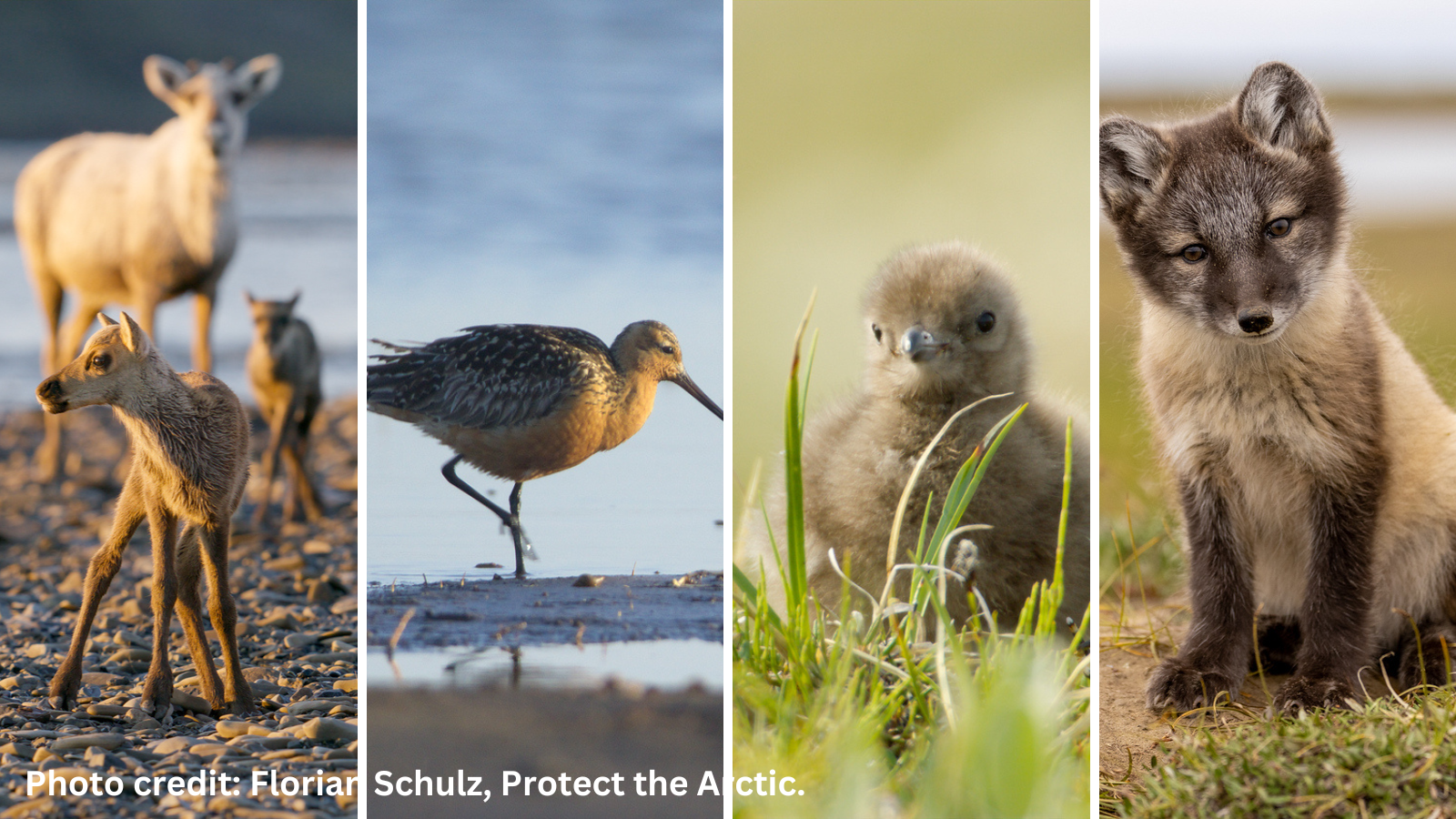
Why Alaska’s NPR-A, site of the Willow Project, deserves protection
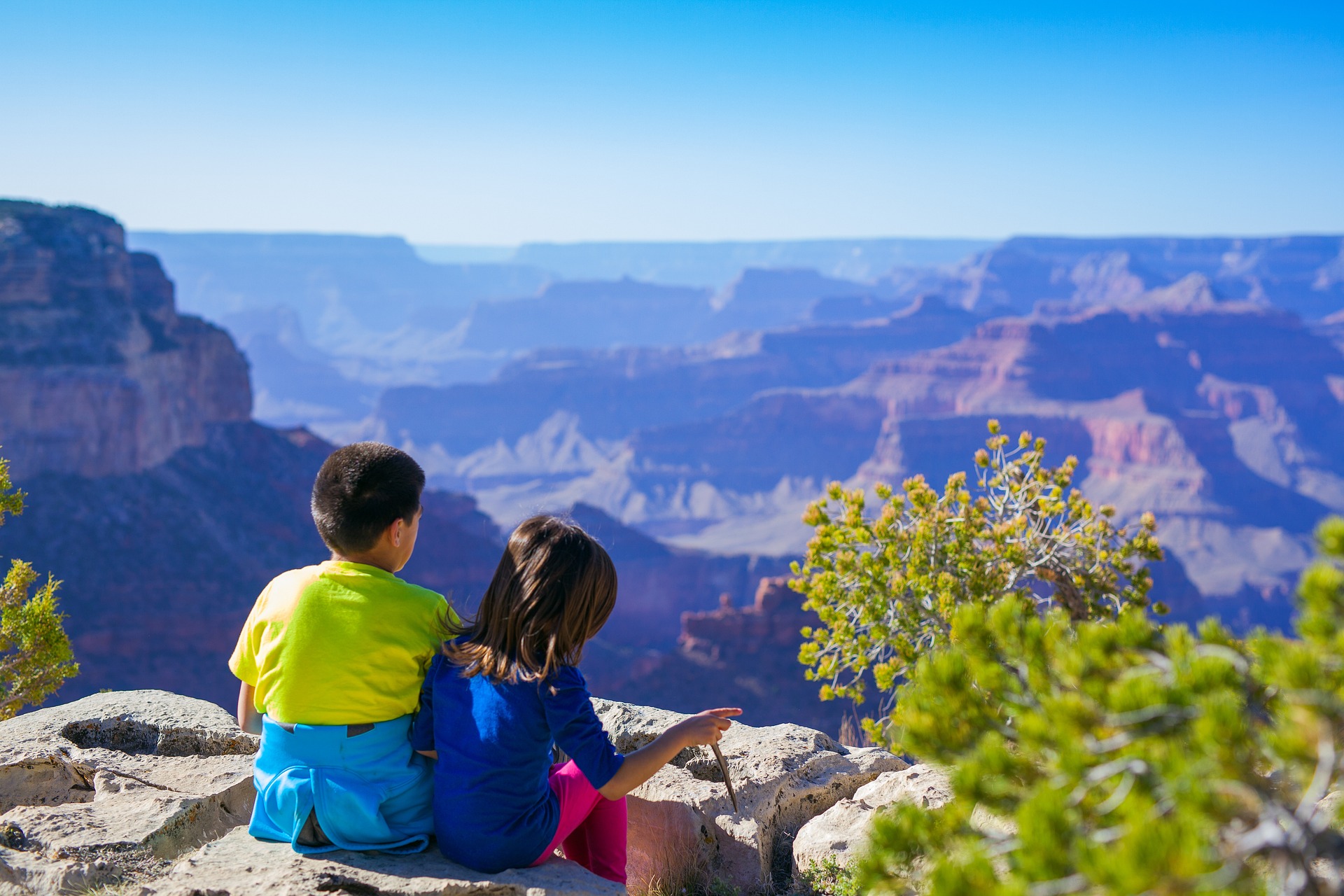
Protect the Grand Canyon

A look back at what our unique network accomplished in 2023
